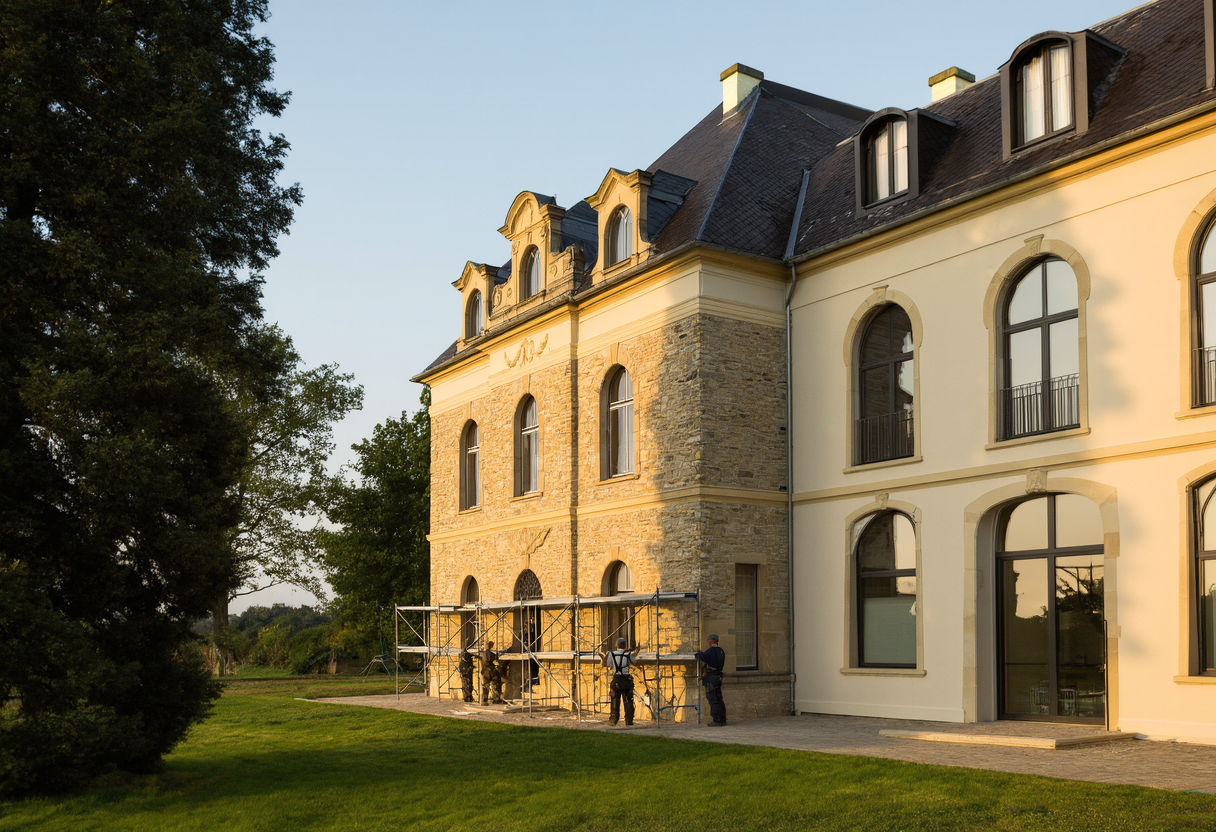Revamp with Respect: The Art of Historic Home Remodel
A Historic Home Remodel is an art form that marries the elegance of the past with the necessities of today. This exploration offers insights into methods for renovating these charming structures while respecting their rich history. Readers will learn about best practices, common pitfalls, and innovative solutions that maintain the unique character of historic homes while making them livable in the modern world.
The Ethical Responsibility of Remodeling Historic Homes
Engaging in a Historic Home Remodel presents an ethical responsibility to honor history and heritage. It is important for homeowners to understand the weight of their decisions, as each alteration can alter the building's narrative. This responsibility calls for research into the home’s lineage and architectural significance. Preserving original elements while making necessary updates is not just about aesthetics; it’s about ensuring that the stories encapsulated in these structures continue to resonate. Ethical remodeling can inspire appreciation and respect for historical craftsmanship, encouraging a paradigm shift in how we view building renovations.
Navigating Regulations and Guidelines
When embarking on a Historic Home Remodel, navigating local regulations and guidelines is paramount. Many towns and cities have specific laws to protect historic properties from unsympathetic changes. Homeowners should familiarize themselves with these regulations early in the planning phase. This proactive approach can save time, reduce costs, and prevent potential roadblocks down the line. Engaging with local preservation organizations can also provide valuable insights and resources. Knowledge of legalities, compliments thoughtful design, ensuring that the remodel enhances rather than detracts from the property's historical value.
Innovative Design Solutions for Old Homes
Innovation in design plays a critical role in a Historic Home Remodel. By utilizing imaginative solutions, homeowners can maintain historic charm while introducing modern conveniences. Options such as reconfiguring layouts to enhance flow or incorporating multifunctional spaces can transform the usability of a historic home. It’s also essential to engage architects and designers who specialize in historical renovations, as their expertise can help balance required changes with the preservation of foundational aesthetics. This collaborative effort ultimately results in spaces that feel both familiar and exciting.
Sustainable Practices in Historic Remodeling
Sustainability must be at the forefront of any Historic Home Remodel project. Eco-conscious homeowners can implement strategies that conserve resources, such as using reclaimed materials in renovations. Such choices not only preserve the home's integrity but also reduce the carbon footprint associated with new construction. Additionally, incorporating energy-efficient systems can greatly enhance the home’s performance while minimizing its environmental impact. From advanced insulation techniques to reusable water systems, the options are vast. A focus on sustainability enables these homes to flourish for generations while protecting the planet.
Unexpected Benefits of Historic Remodelling
Beyond preserving beauty, a Historic Home Remodel brings unexpected benefits. These projects often enhance the community's economic viability, as renovated homes increase property values and attract new residents. The process can foster a deep sense of community engagement, as residents take pride in retaining the neighborhood's character. Furthermore, such renovations can become a conduit for cultural education, as they often involve local artisans and craftspeople. This infusion of both history and innovation enriches the local identity, fostering a more connected community.
Celebrating the Journey of Remodeling
In the end, a Historic Home Remodel transcends mere construction; it becomes a journey of rediscovery. Each decision contributes to the narrative of the home, embedding personal memories and stories into its walls. Homeowners are encouraged to embrace this journey fully, involving family and friends, ultimately creating a living history. By viewing the remodeling process as a collaboration, the relationships forged during renovation—from architects to contractors and community members—ensures that the home will be cherished for years to come. Embracing every stage of the Historic Home Remodel leads to a final product that is not only functional but also infused with the essence of its historical roots.
